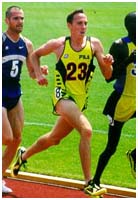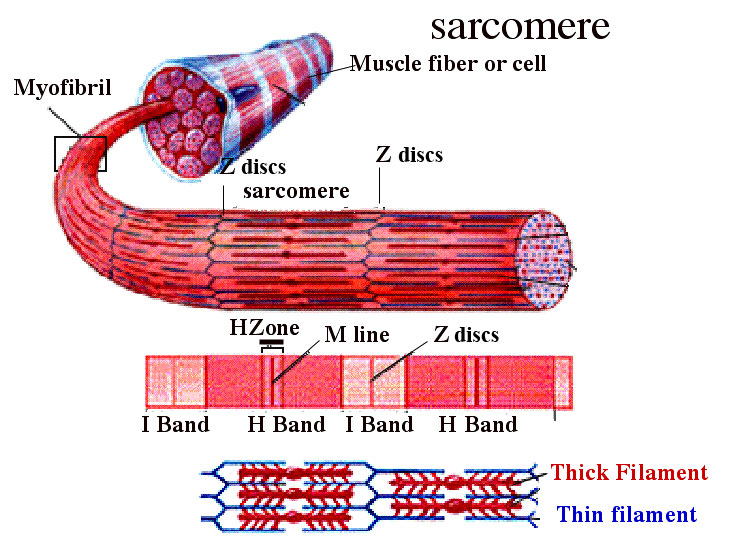
by injuryadmin | May 22, 2015 | Articles, Featured
This article will discuss muscle soreness after training, as well as a few preventative measures and treatment of the ailment. Muscle Soreness after Training In one of our articles under TheABC, Andrew Bosch, has discussed DOMS, Delayed Onset Muscle Soreness. With...
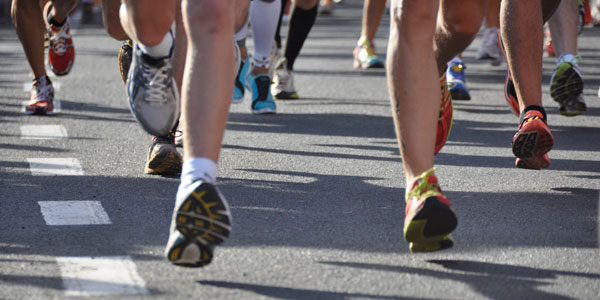
by injuryadmin | Nov 19, 2012 | Articles, Featured, Foot
On landing, the foot distributes the weight and prepares to propel the leg forward via various mechanisms that contribute to the movement of running. Before this takes place the normal anatomical structure of the foot can go through various deviations which are...
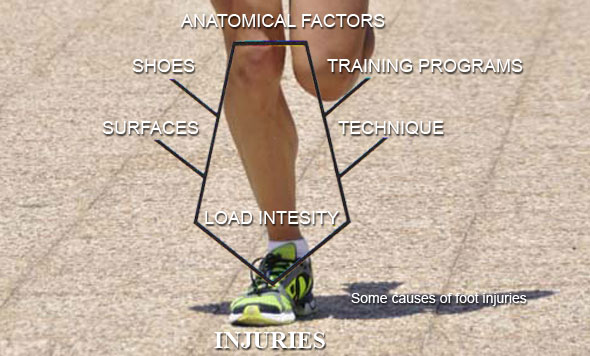
by injuryadmin | Nov 11, 2012 | Articles, Featured, Foot
The causes of foot injuries in running are factors which are influenced by the distribution of load, including anatomical factors, body weight, shoes, surface, training program and technique. To better understand this is to understand that each element needs to be...

by injuryadmin | Dec 23, 2011 | Articles, Featured
RICE is known as the most effective treatment of injuries. Rest; Ice; Compression; Elevation Rice for Injury Treatment Rest: Immediate rest from the movement allows the muscle to begin recovery without any more damage being done. Ice: Ice should be applied as soon as...
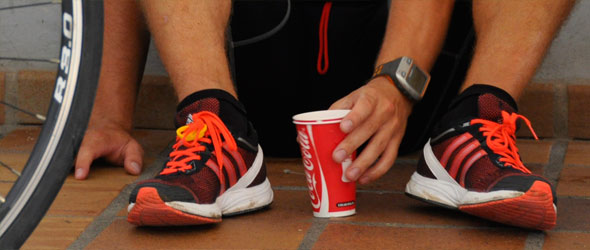
by injuryadmin | Dec 23, 2011 | Articles, Featured
How to regain your fitness after injury or illness The quickest way to get your fitness back after a lay-off is to find a three-minute hill. Let’s say that things are going really well with your training. You’re steadily getting fitter and racing faster as...
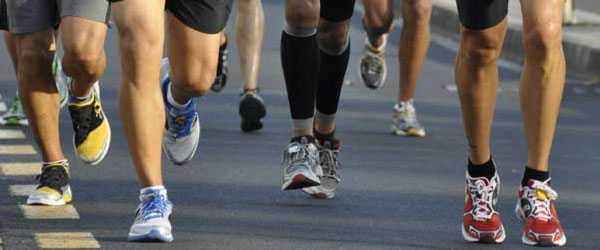
by injuryadmin | Sep 21, 2011 | Articles, Featured, Hamstring
This article is provided by Teri Burgess, resident Physiotherapist from Time-to-Run Cape Town, covering Recurrent Hamstring injuries. Teri is also the contributor of the hugely popular article, covering the 5 most common running injuries, aptly named The BIG Five....






























